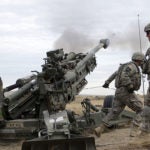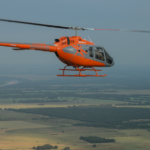
The Army has awarded $1.6 billion in contracts to General Dynamics Land Systems [GD] and American Rheinmetall Vehicles (ARV) to continue on its Bradley vehicle replacement competition, with plans to choose one of the two companies for a production contract in 2027. GD Land Systems and ARV beat out bids from three other vendors to work on the next two phases of the program now called the XM30 Mechanized Infantry Combat Vehicle, which will include each delivering up to 11…

 By
By 











